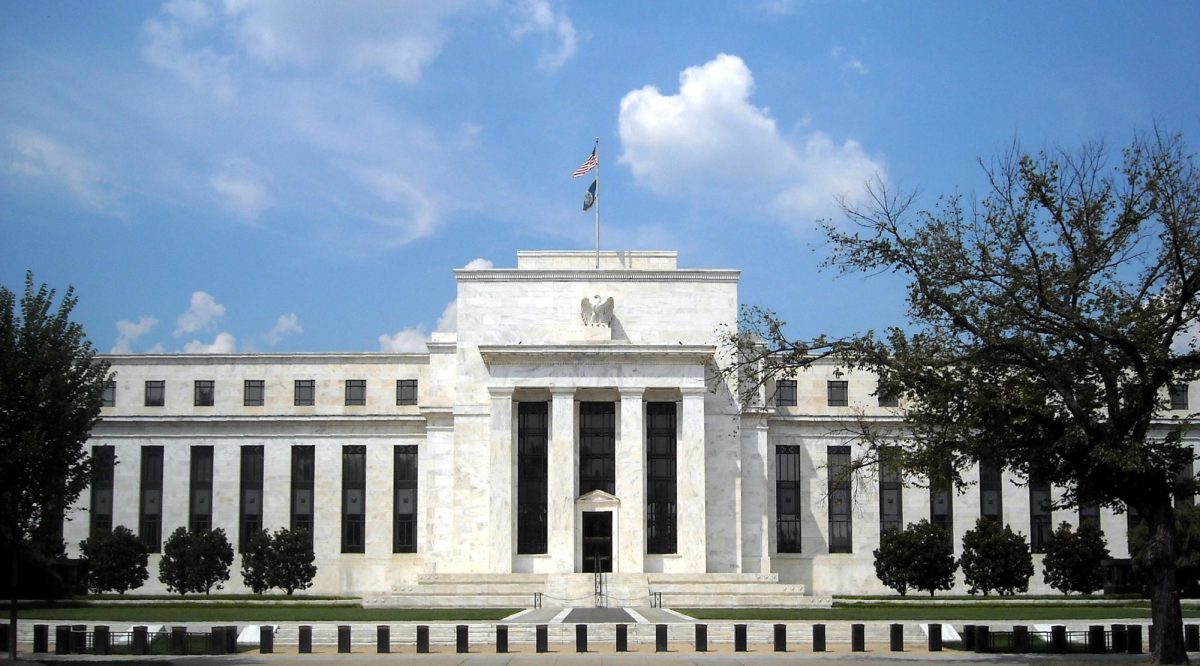U.S. equities declined as investors digested global trade tensions and a steep drop in oil prices on Monday, May 5. The S&P 500 fell 0.6%, ending its historic nine-day winning streak. The Nasdaq composite lost 0.7% and the Dow Jones Industrial Average dipped 0.2%. Oil tumbled 2% to $57.23, hitting its lowest level since February 2021 after OPEC+ signaled plans to boost supply. In fixed income, the U.S. 10-year Treasury yield rose 4.2 basis points to 4.4%.
On Tuesday, U.S. equities continued declining as weak earnings reports and renewed trade concerns reflected on sentiment. The S&P 500 dropped 0.8%, while the Dow and the Nasdaq each slid 0.9%, marking continuous losses across all three major indexes.
In commodities, oil rebounded 3.1% to $59, while gold rose 2.9% amid increased risk aversion. The 10-year U.S. Treasury yield fell 5.2 basis points to 4.3%, reflecting a move into safer assets.
On Wednesday, U.S. stocks ended higher as investors factored the Federal Reserve’s latest policy signals and signs of progress in U.S. trade discussions. The S&P 500 rose 0.4%, the Dow climbed 0.7%, and the Nasdaq added 0.3%. Traders continued to price in 75 basis points of rate cuts for 2025 and an additional 50 basis points for 2026. The 10-year Treasury yield dipped 2.9 basis points to 4.3%.
U.S. equities gained on Thursday as investors weighed news of a U.S.-U.K. trade agreement and continued global market strength. The S&P 500 and the Dow each gained 0.6%, while the Nasdaq surged 1.1% and the Russell 2000 jumped 1.8%, pushing global equities to a one-month high and fully recovering losses since “Liberation Day” on April 2.
U.S. stocks closed relatively flat on Friday as markets awaited the outcome of upcoming U.S.-China trade talks over the weekend. The S&P 500 slipped 0.1%, the Dow declined 0.3% and the Nasdaq ended unchanged. Meanwhile, mortgage-backed securities have dropped 1.1% since April 2 as demand for safe-haven assets softened.
The U.S. dollar posted its strongest weekly gain since late March and the 10-year Treasury yield inched up 0.8 basis points to 4.4%.
Looking ahead, investors should stay vigilant and closely monitor the outcome of U.S.- China trade negotiations, which could set the tone for both the domestic and international market direction in the weeks ahead.








